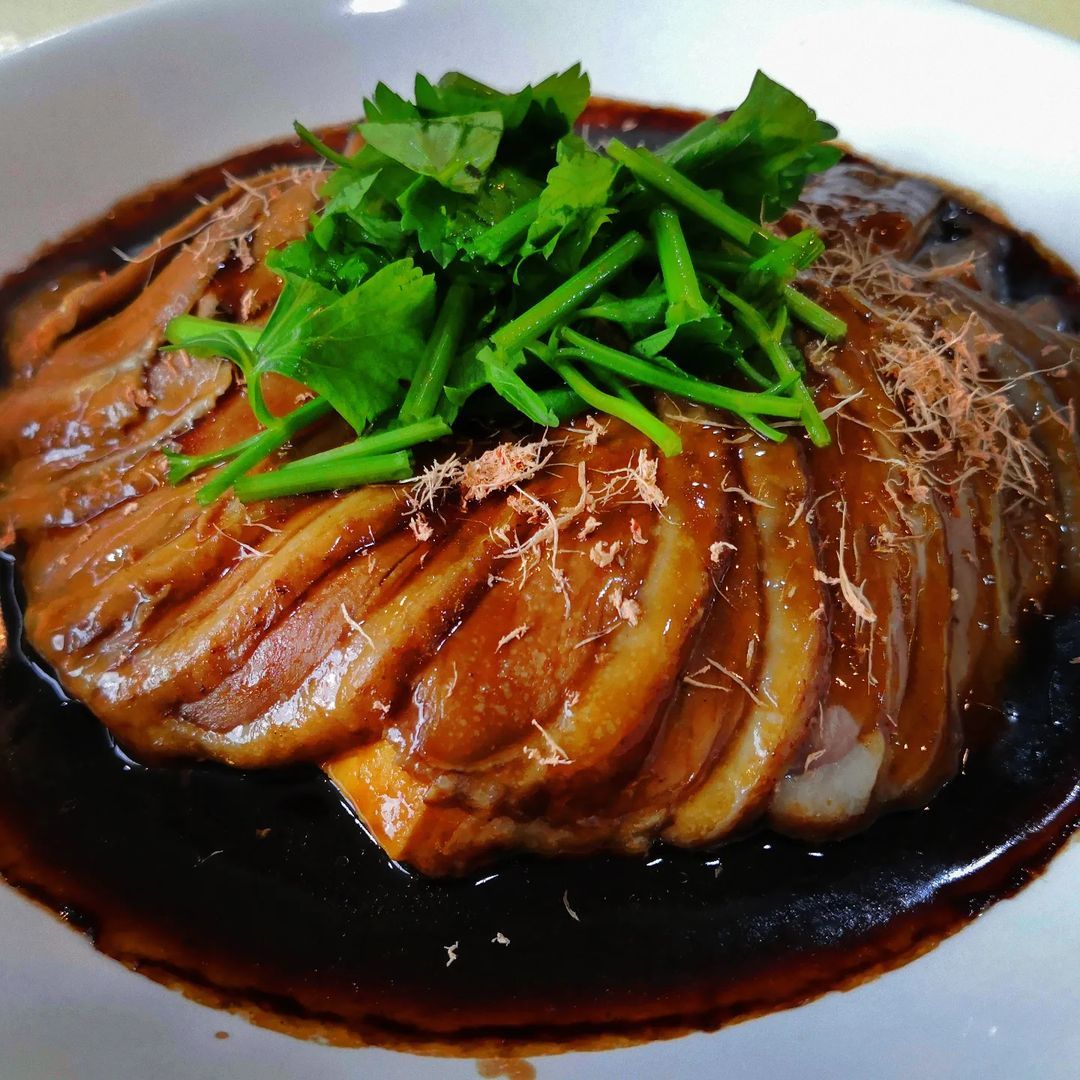5 best hidden food finds in old shopping malls in Singapore

Our philosophy goes — the more sleepy and weathered the exteriors of these old shopping malls in Singapore, the more hidden treasures that lie waiting to be discovered.
With a slew of legacy eateries ranging from Indonesian and Korean to Thai and Teochew cuisine, adventurous foodies might consider venturing down the less-beaten path to discover what the old malls in Singapore have to offer. Your tummy will thank you for it.
5 hidden food finds in old shopping malls in Singapore
1. Jtown Cafe
Midpoint Orchard, B1-04/05, 220 Orchard Road
Nearest MRT station: Somerset
Open: Tuesday to Sunday (12pm to 8pm)

For those in the know, Jtown Cafe is where all the great Indonesian street food is.
Located across the road from 313@Somerset mall, it’s been consistently serving affordable food since 2009 at Midpoint Orchard, a well-known old shopping mall in Singapore.
It’s love at first slurp with the bakmie ayam, consisting of springy handmade noodles topped with tender chicken chunks and bihun bakso (bee hoon with aromatic beef ball soup).
And when you’ve had your fix of all the spicy goodness, indulge in its signature martabak. A traditional sweet, thick pancake paired with chocolate, cheese or peanuts, of which every bite promises sinful sweetness. It’s no wonder that the place is perpetually packed.
What to order: Bakmie ayam cabe ijo — chicken with noodles and a spicy green chilli sauce (S$6.90), chocolate martabak (from S$3.20)
2. Thai Tantric Restaurant
Orchard Towers, 03-44, 400 Orchard Road
Nearest MRT station: Orchard
Open: Monday to Saturday (11.30am to 10.30pm)

Hidden in the sleazy recesses of Orchard Towers is a gem that serves up consistently solid Thai fare.
At Thai Tantric Singapore, the secluded no-frills eatery has an extensive menu of 40 dishes that are reasonably priced, between S$8 and S$14.
Think: Deep-fried chicken wings that taste wickedly addictive, an impossibly fluffy Thai omelette with minced pork, and a thick and robust spicy tom yum soup. We don’t know where to get started. But the real star is the steamed sea bass in chilli and Thai sauce, a mix of sweet, spicy and sour that hits all the right spots.
It’s best to come with a group of foodie-loving friends so you can feast on as many Thai staples as possible, against the backdrop of the thumping beats of the nightclubs.
What to order: Green curry chicken (S$14), steamed sea bass in chilli and Thai sauce (S$38)
3. Pink Candy
Beauty World Centre, 04-60, 44 Upper Bukit Timah Road
Nearest MRT station: Beauty World
Open: Wednesday to Monday (10.30am to 2.30pm, 5pm to 9pm)

Where else will you find a Korean hawker stall with its own rooftop beer garden, overlooking the sleepy town of Beauty World Centre, one of the most iconic old shopping malls in Singapore?
The concept alone at Pink Candy sets itself apart from the myriad of Korean eateries out there.
Located on the fourth floor, in the open-air food court, the al fresco seats are prime estate to savour bulgogi and kimchi ramen over lunch on a cloudy day or watch the sunset with barbecued meats and beer.
A standout dish is the samgyetang, a deeply braised ginseng chicken soup with red dates that feels comforting on a cooling day. Its spicy fried chicken wings are also popular with the beer-drinking crowd.
Some come for just the freshly made kimchi alone, from more unusual-sounding options such as apple kimchi and green onion kimchi to white kimchi and cucumber kimchi.
What to order: Samgyetang (from S$8.90), apple kimchi (S$8), fried chicken with spicy sauce (S$13.90 for nine pieces)
4. Katong Mei Wei Delicious Boneless Chicken Rice
Katong Shopping Centre, B1-85/87, 865 Mountbatten Road
Nearest MRT station: Dakota
Open: Tuesday to Sunday (10.45am to 7.30pm)

Everyone has a favourite chicken rice store she swears by, but you might just become an instant convert after dining at Katong Mei Wei.
At the basement of Katong Shopping Centre, this popular family-run stall draws long queues daily from die-hard fans in the east.
Not any ol’ stall, it was started in 2019 by actor Soki Wu, a second-generation hawker who wanted to carry on the legacy of his father, who was behind the original Delicious Boneless Chicken Rice founded in 1989.
A no-brainer order would be its chicken rice set. Have your pick of glistening, silky-smooth steamed chicken or flavourful roasted chicken slow-cooked to perfection, topped with crunchy fried garlic that adds an umami layer, a steaming mound of aromatic rice, free-flow soup, and juicy achar.
What to order: Chicken rice set (S$5.90)
5. Fragrant Garden
Upper Serangoon Shopping Centre, 01-15/16, 756 Upper Serangoon Road
Nearest MRT station: Serangoon
Open: Monday to Sunday (11.30am to 2.30pm, 5.30pm to 10pm)

From a humble zi char stall selling Teochew fare in the 1950s to a restaurant at Upper Serangoon Shopping Centre, Fragrant Garden has truly stood the test of time.
Despite its surprising location in a seemingly rundown and deserted old shopping mall in Singapore, the place still draws a decent crowd of regulars and families. We recommend making a reservation, especially if you’re coming for dinner.
Teochew favourites such as pork jelly and combo roll, a platter filled with crispy prawn rolls and liver rolls, are popular here. Then there are the usual suspects such as orh luak (with the Teochew-style oyster omelette’s crispy exterior concealing a soft gooey interior), Teochew-style braised duck, and orh nee (yam paste).
What to order: Combo roll (S$14), Teochew-style oyster omelette (S$16), orh nee (S$5)
JTown Cafe, Pink Candy, Katong Mei Wei Delicious Boneless Chicken Rice, and Fragrant Garden are on the GrabFood delivery service.
You can also book a ride to all these old shopping malls in Singapore on this list.




